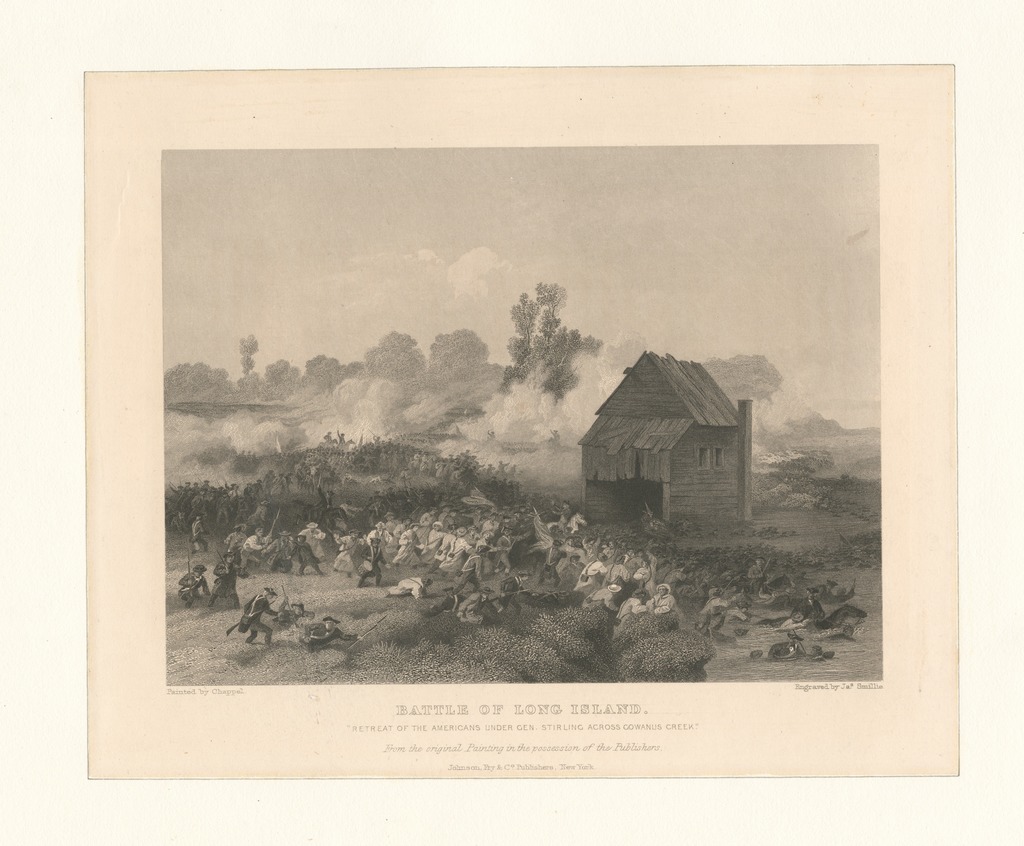
In the summer of 1776, against the backdrop of the American Revolutionary War, Long Island became the stage for one of the largest battles of the conflict—the Battle of Long Island. This pivotal engagement, also known as the Battle of Brooklyn, would shape the course of the war and test the resolve of General George Washington’s Continental Army against the might of the British Empire.
The Strategic Importance:
Long Island held significant strategic importance due to its proximity to New York City, which was under British control at the time. Controlling Long Island would provide the British with a foothold to launch further offensives against the rebellious colonies, while denying the Americans vital access to maritime routes and resources.
The British Invasion:
In August 1776, a massive British expeditionary force, under the command of General William Howe, landed on the shores of Long Island. The British army, numbering around 20,000 troops, quickly advanced inland, aiming to crush Washington’s Continental Army and secure control of the island.
The American Defense:
Facing overwhelming odds, General George Washington and his Continental Army hastily fortified defensive positions along the heights of Brooklyn. Despite being outnumbered and outgunned, Washington hoped to delay the British advance and buy time for reinforcements to arrive.
The Battle Unfolds:
On August 27, 1776, the British launched a series of coordinated assaults against the American defenses. Despite fierce resistance from the Continental Army, the British eventually broke through American lines, forcing a chaotic retreat towards the fortified Brooklyn Heights.
The Retreat Miracle:
In a stroke of luck and tactical brilliance, Washington managed to orchestrate a daring nighttime retreat across the East River to Manhattan. Under the cover of darkness and a thick fog, Washington’s army, along with local fishermen and mariners, ferried troops and equipment across the river, narrowly escaping the encircling British forces.
The Aftermath:
Although the Battle of Long Island ended in a tactical defeat for the Continental Army, it proved to be a strategic victory. Washington’s successful retreat preserved the bulk of his army and allowed the American cause to continue the fight for independence. The battle also served as a valuable learning experience, prompting Washington to adapt his tactics and strategies for future engagements.
Legacy and Reflection:
The Battle of Long Island stands as a testament to the resilience and determination of the American Revolutionaries in the face of overwhelming odds. It serves as a reminder of the sacrifices made by those who fought for freedom and the enduring legacy of liberty that they helped to secure. Today, the battlefield is preserved as part of the National Park Service’s Brooklyn Historic Sites, offering visitors a chance to reflect on the courage and sacrifice of those who fought in this pivotal moment in American history.
Conclusion:
In conclusion, the Battle of Long Island remains a defining moment in the American Revolutionary War, showcasing the bravery and tenacity of General George Washington and his Continental Army. As we remember the events of that fateful summer in 1776, let us honor the sacrifices made by those who fought for the ideals of liberty and independence, ensuring that their legacy lives on for generations to come.






